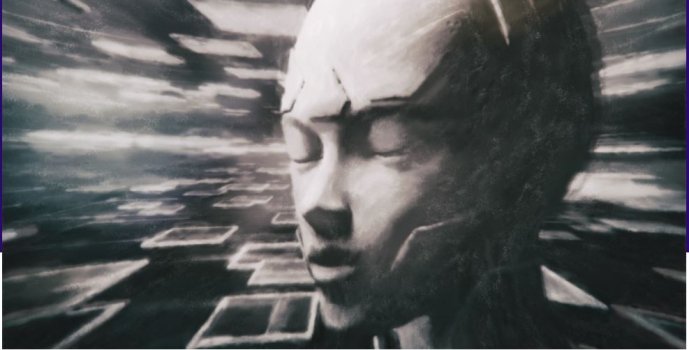The world has been wowed by the newest displays of text-to-image technology by DALL-E 2 from OpenAI and Imagen from Google. Beautiful, amazingly creative compilations all generated by artificial intelligence (AI) systems. This is possible because AI has learned natural language understanding by looking at countless texts and images.
Today’s systems have been trained to output new images when text is entered alongside pictures, uniting two seemingly disparate things in unique ways, much to the delight of viewers. A traditional image, such as that of an oil painting, can be co-opted to express something new or evoke a completely different feeling. It’s a new way to create.
Transforming creativity
Imagine that with this AI technology, users no longer have to scroll through tons of image results to find the best content for their needs. In contrast with image search, people create something totally new, something that has never existed, something that perfectly suits their desires, whims or content direction. All they have to do is type in what they want, and the AI will draw images and construct photos as described in the given text, i.e., “Please give me a photo of a restaurant with a VentureBeat sign on the window that is on Mars.” New systems will return such photos. In essence, the system is an AI designer.
Such creative power grows exponentially when also deployed to make videos from text that describes a situation and mood, and which incorporates virtual actors. Or when text + AI construct the music to go with videos and images.
Text-to-video or music technologies are already commercially available and continue to be refined, opening up the potential to add more creative processes. If AI can draw images or design, human designers’ roles could evolve. Having brilliant and inspiring ideas would become more important, and the ability to discriminate the best output from the worst will be crucial as drawing skills might be replaced by AI. Those less skilled could also develop their own creative products with lower effort.
Continue reading: https://venturebeat.com/2022/07/23/the-future-of-creativity-brought-to-you-by-artificial-intelligence/
Today’s systems have been trained to output new images when text is entered alongside pictures, uniting two seemingly disparate things in unique ways, much to the delight of viewers. A traditional image, such as that of an oil painting, can be co-opted to express something new or evoke a completely different feeling. It’s a new way to create.
Transforming creativity
Imagine that with this AI technology, users no longer have to scroll through tons of image results to find the best content for their needs. In contrast with image search, people create something totally new, something that has never existed, something that perfectly suits their desires, whims or content direction. All they have to do is type in what they want, and the AI will draw images and construct photos as described in the given text, i.e., “Please give me a photo of a restaurant with a VentureBeat sign on the window that is on Mars.” New systems will return such photos. In essence, the system is an AI designer.
Such creative power grows exponentially when also deployed to make videos from text that describes a situation and mood, and which incorporates virtual actors. Or when text + AI construct the music to go with videos and images.
Text-to-video or music technologies are already commercially available and continue to be refined, opening up the potential to add more creative processes. If AI can draw images or design, human designers’ roles could evolve. Having brilliant and inspiring ideas would become more important, and the ability to discriminate the best output from the worst will be crucial as drawing skills might be replaced by AI. Those less skilled could also develop their own creative products with lower effort.
Continue reading: https://venturebeat.com/2022/07/23/the-future-of-creativity-brought-to-you-by-artificial-intelligence/

